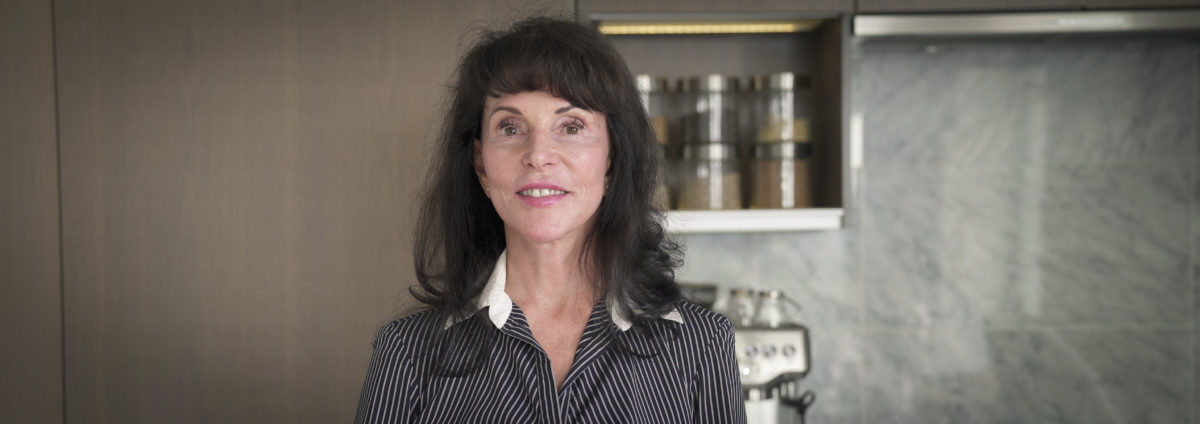Lara Pizzorno is the author of “Your Bones: How You Can Prevent Osteoporosis and Have Strong Bones for Life – Naturally” and a member of the American Medical Writers Association with 29 years of experience specializing in bone health.
Recently we asked Lara if she would help us provide a series of short, ongoing videos to help you (our customers and readers) stay up to date on the latest facts and science related to bone health.
In this latest video, Lara discusses another surprising benefit of calcium supplementation: fat burning! Watch the video below (or read the transcript provided) and let us know what you think in the comments. 🙂
Hello, my name is Lara Pizzorno, the author of “Your Bones” and I’m here today to share with you some information from the current research that I hope will help you be healthier and have healthier bones.
Today I’d like to talk with you about why it’s best to take your AlgaeCal Plus with meals, especially – it’s best to take it with your breakfast.
I’ve talked about this in some other videos in relation to taking your supplements with meals because it is very important to produce adequate stomach acid to enable you to release your calcium and other nutrients, not just from the food matrix but from their companion stabilizing compounds. Whether its carbonate or citrate or in the case of hydroxyapatite, phosphorous, regardless of what form of calcium you are taking – calcium and other minerals are always bound to something else in which they must be released before they can be absorbed and stomach acid plays role in their release.
So in this video I’d like to share with you another reason to take your AlgaeCal with meals because it will help you burn fat. In addition to the exercise research that we just talked about in our last video, other research that was published in 2011 shows that
Higher calcium and vitamin D intake at breakfast specifically, increases the rate at which fat is burned over the next two meals.
It also reduces spontaneous energy intake, which in English is how much food you’re feeling like eating in the subsequent 24 hour period, so the rest of the day.
Eleven people participated in this study and the average age was 54 and their average body mass index was 31, which means that most of these people were obese. According to the International Institute of Health, the BMI for normal weight runs from 18.5-24.9 for overweight BMI ranges from 25-29.9 and a BMI from 30 or greater indicates obesity. So these were very overweight or obese people who participated in this randomized study in which they were given a low calcium meal or a high calcium and vitamin D meal. And then the next day they went through the same process but were given whichever meal they had not tried out the first time.
Both the low and high calcium meals provided the same amount of calories but fat burning rates and subjective feelings of hunger and then satiety were measured before the meal and then every hour after it for the following 8 hours and they differed significantly. A buffet was provided and how much food the subjects spontaneously chose to eat from the buffet was recorded over the following 30 hours.
After the high calcium and vitamin D meal, fat burning went up and trips to the buffet went down over the next 24 hours.
Significantly fewer calories were consumed, but fat kept burning – results that were not seen after the low calcium meal.
I was definitely inspired by all of these medical journal articles that we have discussed over the last few videos clips and I hope you are too.
All the references are provided for you along with the videos on AlgaeCal’s website (below) if you would like to read further. Thanks for tuning in and I look forward to seeing you next time.
Source:
Ping-Delfos WC, Soares M. Diet induced thermogenesis, fat oxidation and food intake following sequential meals: influence of calcium and vitamin D. Clin Nutr. 2011 Jun;30(3):376-83. doi: 10.1016/j.clnu.2010.11.006. Epub 2011 Jan 26. PMID: 21276644





Article Comments